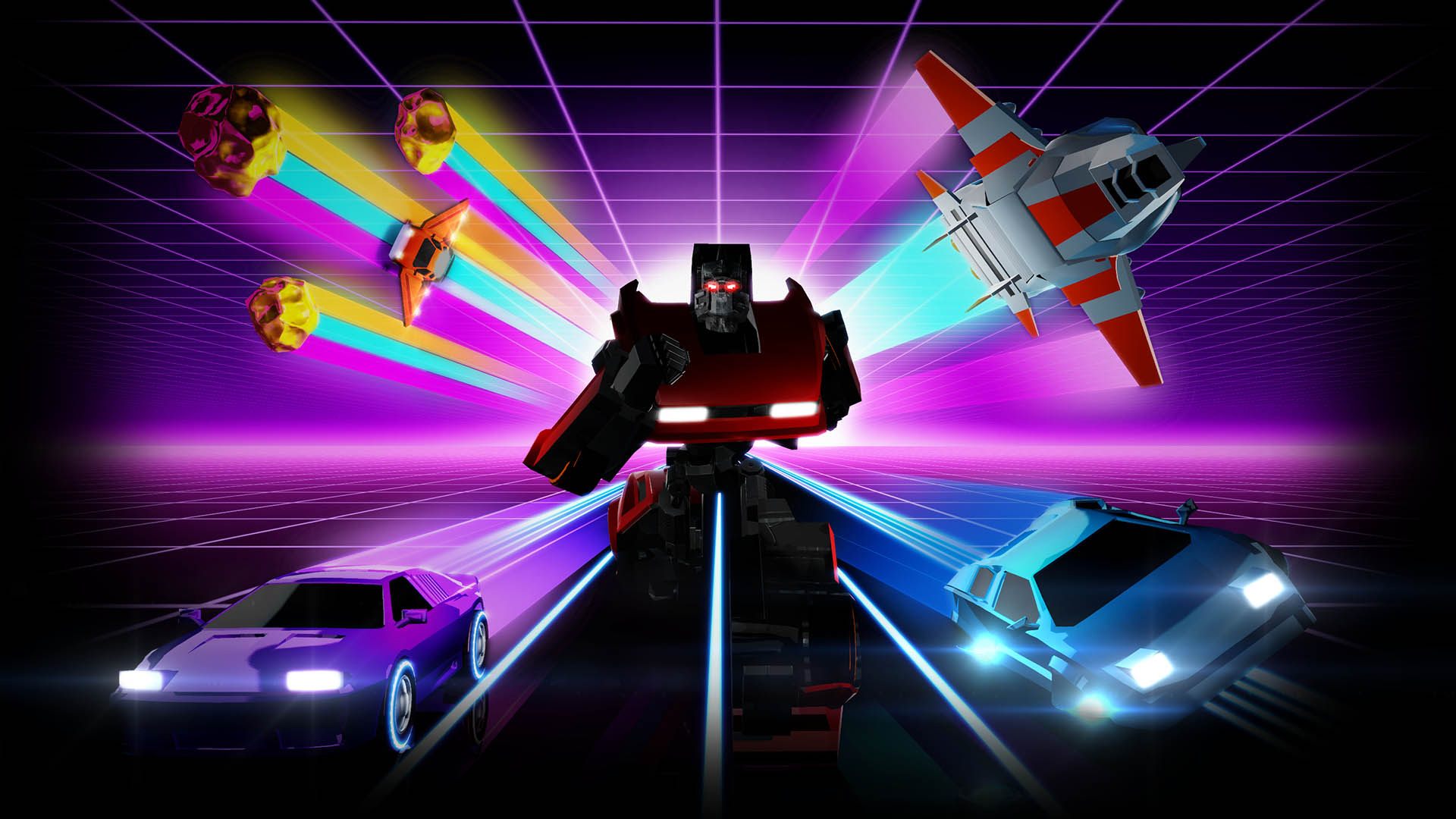
#NEON DRIVE DRIVER#
Watch the landscape seamlessly morph from one scene to the next, in a ballet of colors and shapes, and let your inner driver take the wheel. This allows you to just follow the beat, unplug, and zen out. Seriously, this game is wicked just when you think you've got the hang of it, it turns the table on you.Įach level of the game comes with a custom-made retro music track, perfectly tuned and in sync with the roadblocks and your enemies. Neon Drive will put your mad dodging skills to a real test, mercilessly pushing the limits of your reaction time and short-term memory to avoid obstacles and dead-ends.
Each level features multiple twists and perspective changes, keeping you on your toes (err, wheels) throughout the gameplay. Neon Drive brings you 8 amazing levels, adding up to hours of enjoyment. It's inspired by the arcade games of the 80's, but set against a futuristic backdrop of glowing cyber-grid, all in silky-smooth graphics. About The Gameįrom beautiful cityscapes and ocean roads to exploding enemy spaceships, Neon Drive has it all. Even though these movies are total opposites of each other, both “heroes” use tough-guy personas as a way to survive in a world that doesn’t care about them.Sorry, no review of Neon Drive yet. In Driver, we watch as the driver wears a mask as he goes on his murder spree to distance himself from the act of violence while Eddie in Who Framed Roger Rabbit uses his persona of an angry drunk to alienate himself from the toons, humans, and the death of his brother. These characters have a tough-guy persona, but that is all it is - a persona. The main character is often unreliable, unpredictable, and lives by their own strict moral values while neglecting the rules of society. Oldboy shows this as Dae-su discovers the shocking truth about his daughter (I won’t spoil it, but it's a doozy), and the audience is forced to process their own morality while Dae-su isolates himself from having to question his. Unlike its predecessors, neon noir torments these characters by teasing them with a glimpse of what family life could be, but the illusion is dismantled by violence and the “hero’s” desire to escape into alienation. When it comes to violence, neon noir almost requires the “hero” to go on a murderous rampage to distance themselves from an unattainable dream.

Characters are covered in shadows as they are pushed further into obscurity, wandering aimlessly through the city streets trying to figure out, "What is my life's purpose?" Nighttime scenes with rarely any daytime scenes, shots of buildings and roads, the city as a character, and lots of lighting contrast in a style that is particular to neon noir. While these films are loud and bright, they still focus on the classic story elements of film noir and neo-noir: violence and character’s moral ambiguity. Unlike film noir and neo-noir, the world of neon-noir films is accompanied by a loud electronic score, neon text plastered over scenes, all with a "hero" experiencing urban isolation. Neo-noir is an unstructured genre of crime film that reaches from comedies like The Big Lebowski to cynical westerns like No Country for Old Men.īy blending existential trauma and highly stylized visualizations to a dreamlike quality of the film, neon-noir is born. Chinatown, Zodiac, and LA Confidential portrayed scenes of violent crime and sex that its predecessor was restricted from showing. “New dark films” were influenced by the Art Deco movement and focused on themes of alienations, revenge, paranoia, highlighting the anxieties of the film’s time which resonated with audiences after WWII. As Technicolor made its way into films, neo-noir began to play with the color pallet and moved further away from the shadows. Orson Welles as Police Captain Hank Quinlan in 'Touch of Evil' Films like Touch of Evil, Double Indemnity, and The Asphalt Jungle are characterized by the rejection of sentimental humans while boasting the dynamism of violent death and connects the audience to the absurd reality of the film. These “black films” are styled by chiaroscuro lighting, expressionistic sets, and a “hard-boiled” detective whose morality is ambiguous.

Influenced by German Expressionism, film noir has been used to show a cynical outlook on life since the 1930s. Meet the more stylized and more cynical cousin to film noir -neon noir.


 0 kommentar(er)
0 kommentar(er)
